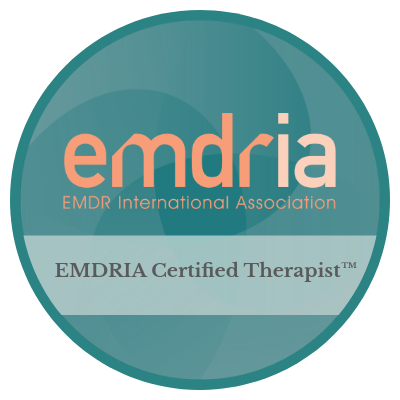What is EMDR?
EMDR is a psychotherapy that enables people to heal from the symptoms & emotional distress associated with unhealed trauma using alternating bilateral stimulation which helps the brain to reprocess memories that were “faultily stored”. I provide EMDR therapy as an EMDRIA Certified EMDR Therapist.
What does EMDR treat?!
Eye Movement Desensitization & Reprocessing (EMDR) is an evidence based & heavily research treatment that was first developed in 1987. The goal of EMDR is to help clients reprocess dysfunctionally stored memories or events with the use of the Adaptive Information Processing (AIP) model to reduce symptoms of anxiety through desensitization with the use of bilateral stimulation (BLS). In addition, EMDR helps clients reprocess dysfunctionally stored memories which results in changing the negative beliefs/thoughts that surround those memories.
PTSI/PTSD
Anxiety Disorders
Phobias
Panic Disorder
Grief
Depression
Chemical Dependency
Dissociative Disorders
Performance Anxiety
Body Dysmorphia
Personality Disorders
Eating Disorders
How does EMDR work?
EMDR therapy is used to help clients learn from negative past experiences, experience desensitization from present day triggers, and incorporate new templates for future desired action. EMDR uses alternating bilateral stimulation (BLS) while targeting traumatic material which is found to alleviate distressing thoughts and to help clients adaptive process dysfunctionally stored memories or events.
EMDR doesn’t require the client to talk in detail about the distressing issue, rather the clinician serves as a guide in your healing journey. EMDR relies on the Adaptive Information Processing (AIP) model which guides clinical practice. The AIP is a theory on how the body stores memory, recognizing that trauma is stored in a way that does not always allow for healing healing.
What does EMDR Therapy Involve?
EMDR therapy consists of 8 phases of treatment which occur over multiple sessions. The 8 phases are:
History Taking and Treatment Planning: The clinician will spend a lot of time gathering information about you, your presenting issue/triggers, and your past. This helps determine your readiness and appropriateness for EMDR. The clinician will be looking for specific treatment targets for later phases of EMDR.
Preparation, Resourcing & Education: During this phase, the clinician will prepare you for later sessions & talk with you about what to expect. There will also be a focus on resourcing & coping as well as an introduction to bilateral stimulation (BLS).
Assessment: The clinician will identify each facet of the target memory (TICES) to initiate the reprocessing phase of treatment. This is the activation of the target memory, identifying specific images, thoughts, feelings, & body sensations.
Desensitization & Reprocessing: This is what most individuals think of as EMDR. During this phase your therapist serves as a guide as you allow your brain to do the reprocessing work with the use of BLS.
5. Installation: Installation occurs once the target memory is fully processed & helps you to associate a new positive belief to the traumatic material.
6. Body Scan: The goal of this phase is to target and neutralize any lingering body sensations tied to the target memory. The clinician will guide you through scanning your body, making note of any tension, tightness, or unusual sensations & using BLS to neutralize.
7. Closure & Stabilization: The purpose of this phase is ensure stability & close the session appropriately. A discussion about what to expect between sessions & a review of resourcing & coping skills is typical.
8. Re-Evaluation: During the final phase of EMDR, a check-in & review of how you are doing since your last session occurs to identify the need for any additional sessions or a shift to other target memories for reprocessing.
I first was trained in EMDR in 2016. After using EMDR for several years I decided to pursue advanced EMDR Certification which required me to re-complete EMDR Basic Training which I started in 2023 and completed in 2024. I specifically pursued training and consultation with consultants and trainers who use EMDR + IFS Integration. This intention allowed me to be slow & intentional in the certification process. Every one of my EMDR Certification hours as well as my additional training requirement for EMDR Certification were all with EMDR + IFS Integration. I officially achieved status as an EMDRIA EMDR Certified Therapist and look forward to continuing to grow my EMDR skills.



